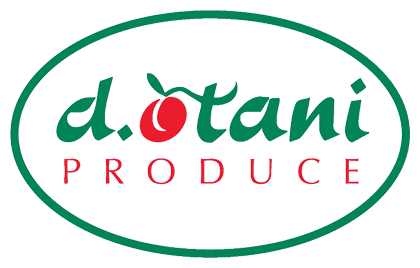The success of some recent trials on several different crops has growers taking more notice of PhycoTerra, leading to a spike in demand for the innovative microalgae soil amendment produced by Heliae.
Apples, strawberries and cherries have all shown remarkable results when treated with PhycoTerra, leading the Gilbert, AZ-based Heliae to further the commercialization process, said Doug Ranno, national vice president. Doug Ranno
Doug Ranno
“We’ve been doing large-scale trials during the last year, and many are beginning to actualize,” said Ranno. “Growers are wanting to purchase the materials and we’re now set up in large distributors across the country so growers have access to it.”
Giving an explanation of how PhycoTerra works, Ranno said the microalgae product feeds the native biome in the soil, which increases the biological population of the soil and results in healthier roots and plants.
Some of the beneficial results for crops include an increase in the Brix level and heartier crops that can ship better and have longer shelf life.
“For example, with Rainier cherries in the Northwest, growers can’t harvest until the Brix level reaches 17,” said Ranno. “PhycoTerra helps them reach that level more quickly and they can get their cherries to market as much as five days earlier than normal, which is huge for cherries.”
Also, he said apples treated with PhycoTerra color up faster and more uniformly, so growers can harvest more at one time. “Instead of harvesting the crop in four picks, they can do it in two,” said Ranno. “This can provide a huge labor savings for apple growers.”
Strawberries, too, can capitalize on the higher Brix and earlier-to-market benefits.
“For strawberries, a lot of growers have challenges with crop stressors,” said Ranno. “By encouraging them to apply PhycoTerra twice per month, they are increasing soil health and they are keeping the plants and root biome growing in a healthier environment. They are seeing benefits like higher Brix, higher sheen and earlier yields, which allows them to get to market earlier.”
In one study, Heliae grew treated and untreated strawberries and harvested them using standard harvest practices. They were then trucked to Cornell University and set before subjects for a random survey. Respondents were queried about the qualities of the berries, such as conical shape, sheen, freshness of the leaves and overall look of the berries – things that would be examined by shoppers at retail -- and 100 percent of the participants chose the PhycoTerra-treated berries. Cornell University scientists then took a Brix reading for each, and the treated berries registered 20 percent higher than the untreated berries.
“Not only did the treated berries have stronger roots and plants that were better looking, stronger and ship better, but they also had a higher Brix level and tasted better,” said Ranno. “This is big stuff.”
Ranno also detailed a recent experiment using two soybean seeds placed in a petri dish. One soybean seed was left untreated and while the other received a drop of PhycoTerra. When viewed under a microscope, the treated seed is shown to have attracted the biological material in the soil, which proves the efficacy of the product.
Ranno said that people are looking for Heliae’s next generation of products, and for the first time the company is being asked about scale up capabilities to cover truckload volumes.
“We, too, are farmers, producing microalgae, and we are responding by ramping up our farming operations to meet that increased demand,” he said.
Ranno acknowledged that it was “somewhat of a surprise to have a number of large growers with clout” getting behind PhycoTerra.
“I attribute it in large part to the fact that we have put rigorous food-safety practices in place so that every single batch of PhycoTerra we produce is tested for food safety and efficacy,” he said. “That is really a huge commitment to make on our part, but we have done that and it is going over really well with these large growers.”
Ranno said Heliae is now in the process of developing an expansion strategy and is focused on a two-pronged approach: expanding its existing facility in Arizona and looking at additional tolling facility locations that, in some cases, would save freight costs.
“Growers that use harsh chemicals on the soil, they can actually damage the soil microbes. Just need a small amount of PhycoTerra per acre will feed the native, natural biome in the soil and create a healthier plant,” Ranno reiterated. “It’s kind of like a human being. If you put good things into your body, you will be healthy and strong. If you consume bad things, you will not.”
Ranno said PhycoTerra is available in both an organic version and a conventional version.

